NFT Investment Value Calculator
Calculate Your NFT Potential
Market Insights
The NFT market is projected to reach $60 billion by 2025
Average royalty rates range from 2.5% to 10%
Market Growth Projection
Investment Results
Enter your investment details above to see your potential returns
When you hear the term NFTs are unique digital tokens built on a blockchain that certify ownership of a specific digital or physical item, you might wonder how they differ from regular cryptocurrencies like Bitcoin. This guide strips away the hype and shows you exactly what NFTs are, how they work, where you can use them, and what to watch out for before you jump in.
Key Takeaways
- NFTs are non‑fungible tokens that act as digital certificates of authenticity on a blockchain.
- Ethereum’s ERC‑721 and ERC‑1155 standards dominate the market, but other chains like Solana and Flow are gaining ground.
- The NFT market peaked at $1.58billion in 2022 and is projected to exceed $60billion in 2025.
- Use cases span digital art, gaming assets, virtual real‑estate, and AI‑generated collectibles.
- High gas fees, legal ambiguity, and price volatility remain the biggest challenges.
How NFTs Work: The Tech Stack
At the heart of every NFT is a blockchain-a decentralized ledger that records every transaction forever. Most NFTs live on Ethereum because the network introduced the ERC‑721 standard in 2017, followed by ERC‑1155 for semi‑fungible items. These standards define a unique token ID, owner address, and a pointer to metadata.
The metadata describes what the token actually represents: an image file, a 3‑D model, a piece of music, or even a link to a physical object. Creators can store metadata on‑chain (expensive but immutable) or off‑chain using distributed storage like IPFS. A smart contract enforces ownership rules, automatically executes royalty payments, and can lock additional functionality such as access rights or game mechanics.
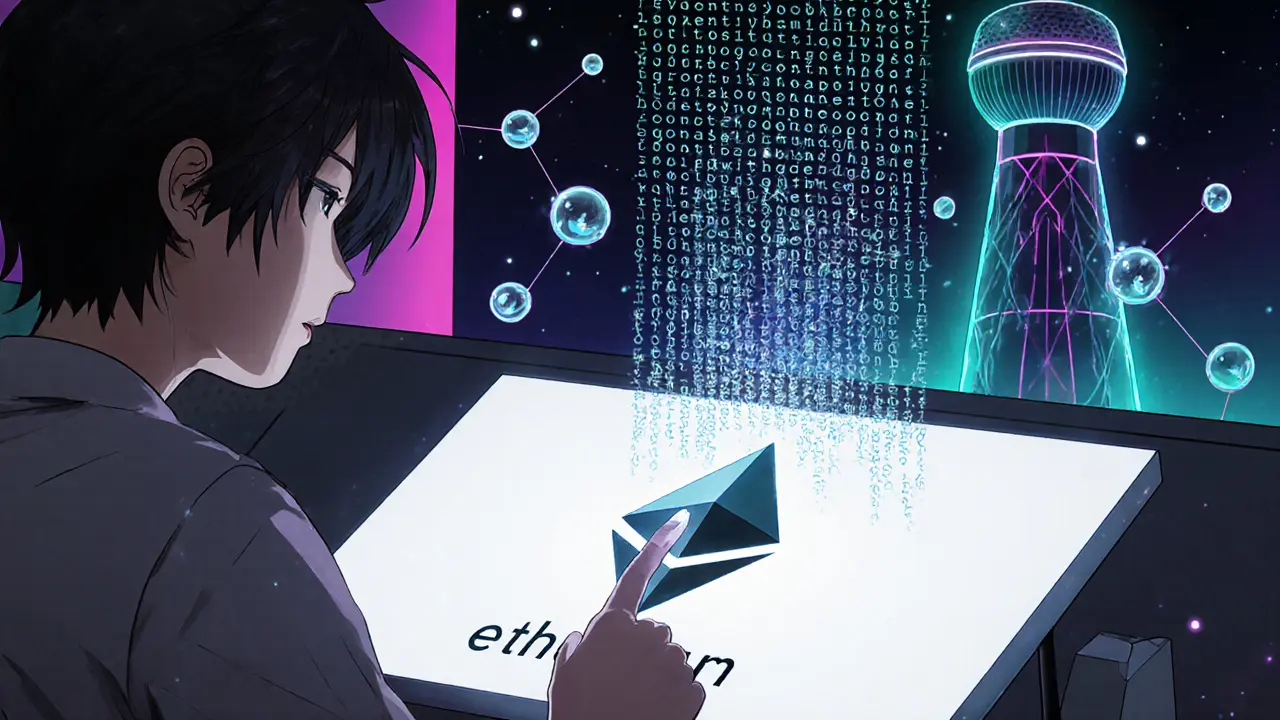
Market Snapshot (2024‑2025)
After a spectacular boom in 2021‑2022, the NFT market settled into a more sustainable rhythm. Revenue fell from a high of $1.58billion in 2022 to a steady $600‑$700million range in 2024‑2025. Forecasts differ, but the consensus is a rapid climb toward $60billion in 2025, driven by enterprise adoption and utility‑focused projects. A few headline numbers help put the scale into perspective:
- CoinLedger estimates the total market value at $61billion for 2025.
- The Business Research Company predicts a 41.2% CAGR, hitting $60.82billion by year‑end.
- Long‑term outlooks range from $247billion (2029) to over $700billion (2034) depending on adoption rates.
Volume isn’t just about sales; it reflects active community participation. January 2023 saw $946million in trading volume, the highest since the 2022 peak, while early 2025 has experienced a modest 24% dip, mirroring broader crypto cycles.
Top Use Cases
NFTs have moved far beyond “digital art for collectors.” Below are the most vibrant segments:
- Digital Art: Artists mint unique pieces, set royalty rates (usually 2.5‑10%), and earn on every resale.
- Gaming: Items like skins, weapons, and virtual land are tokenized, giving players true ownership that can be transferred across games.
- Virtual Real‑Estate: Platforms such as Decentraland and The Sandbox sell parcels of land as NFTs, enabling users to build, monetize, or rent virtual storefronts.
- Utility Tokens (NFT2.0): Holders gain access to exclusive events, loyalty programs, or fractional ownership of high‑value assets like real‑world property.
- Fashion & Collectibles: Brands release digital wearables and certify authenticity of physical goods via NFT certificates.
- AI‑Generated Content: Algorithms create one‑of‑a‑kind images or music, then mint them as NFTs-projects like Art Blocks and Alethea AI lead this wave.
Pros and Cons Compared to Traditional Digital Assets
| Aspect | NFTs | Traditional Digital Files |
|---|---|---|
| Ownership Proof | Blockchain‑verified, immutable | Often based on platform terms, easy to copy |
| Transferability | Instant, global, no intermediaries | Depends on service, may require accounts |
| Royalties | Smart contracts automate creator cuts | Manual, rarely enforced |
| Environmental Impact | High on proof‑of‑work chains (Ethereum pre‑Merge) | Negligible |
| Legal Clarity | Still undefined in many jurisdictions | Established copyright frameworks |
| Price Stability | Extreme volatility, speculative bubbles | Generally stable, market‑driven |
The table highlights why many creators love NFTs-automatic royalties and provable scarcity-but also why investors stay cautious: energy usage, legal gray areas, and price swings can bite hard.

How to Buy, Sell, or Mint an NFT
- Set up a crypto wallet. MetaMask, Trust Wallet, or Coinbase Wallet are beginner‑friendly. Make sure the wallet supports the chain you intend to use.
- Buy some cryptocurrency. For Ethereum‑based NFTs, purchase ETH; for Solana NFTs, get SOL, etc.
- Connect to a marketplace. OpenSea, Magic Eden, LooksRare, and X2Y2 are the most popular. Most platforms guide you through the connection process.
- Browse collections. Use filters (price, royalty, creator) to find items that match your interest.
- Make the purchase. Confirm the transaction, pay the gas fee, and the NFT appears in your wallet.
- Resell or hold. You can list the token for a higher price, keep it as a collectible, or unlock its utility (e.g., game access).
If you’re an artist or developer, the minting process is similar but starts with creating a smart contract that defines token supply, royalty rate, and metadata URL. Platforms like OpenSea offer “lazy minting,” where the NFT is only written to the blockchain when it first sells, saving upfront gas fees.
Future Trends Shaping NFTs
Even after a market correction, innovation hasn’t slowed. Here are three forces that will define the next wave:
- AI‑Generated NFTs. Generative art and music are becoming mainstream, with creators earning royalties on every algorithmic iteration.
- Cross‑chain Interoperability. Bridges and Layer‑2 solutions (e.g., Polygon, Immutable X) aim to lower fees and let NFTs move between Ethereum, Solana, and Flow without losing provenance.
- Enterprise Adoption. Companies are experimenting with NFTs for supply‑chain verification, digital identity, and ticketing-use cases that demand immutable proof of ownership beyond pure speculation.
Regulators are catching up, too. The U.S. treats NFTs as property for tax purposes, while the EU is drafting consumer‑protection rules. Staying informed about tax reporting and legal status will become part of every NFT owner’s checklist.
Frequently Asked Questions
Are NFTs the same as cryptocurrencies like Bitcoin?
No. Bitcoin is fungible-each coin is interchangeable. NFTs are non‑fungible, meaning each token is unique and cannot be exchanged on a one‑for‑one basis.
Do I own the copyright to an NFT I buy?
Usually you only own the token that proves you have a copy of the digital file. Copyright stays with the creator unless the sale explicitly transfers it.
How much does it cost to mint an NFT?
On Ethereum, minting can cost $20‑$100 in gas fees, though Layer‑2 solutions can bring it under $5. Lazy minting lets creators defer the fee until the first sale.
Are NFTs a good investment?
Investing in NFTs is highly speculative. Some pieces appreciate dramatically, but many lose value. Treat NFT purchases as a mix of collecting and risk‑taking, not a guaranteed financial strategy.
What environmental concerns are tied to NFTs?
Proof‑of‑work blockchains consume large amounts of electricity. However, Ethereum’s switch to proof‑of‑stake (the Merge) cut energy use by >99%, and many creators now prefer eco‑friendly chains like Polygon or Flow.

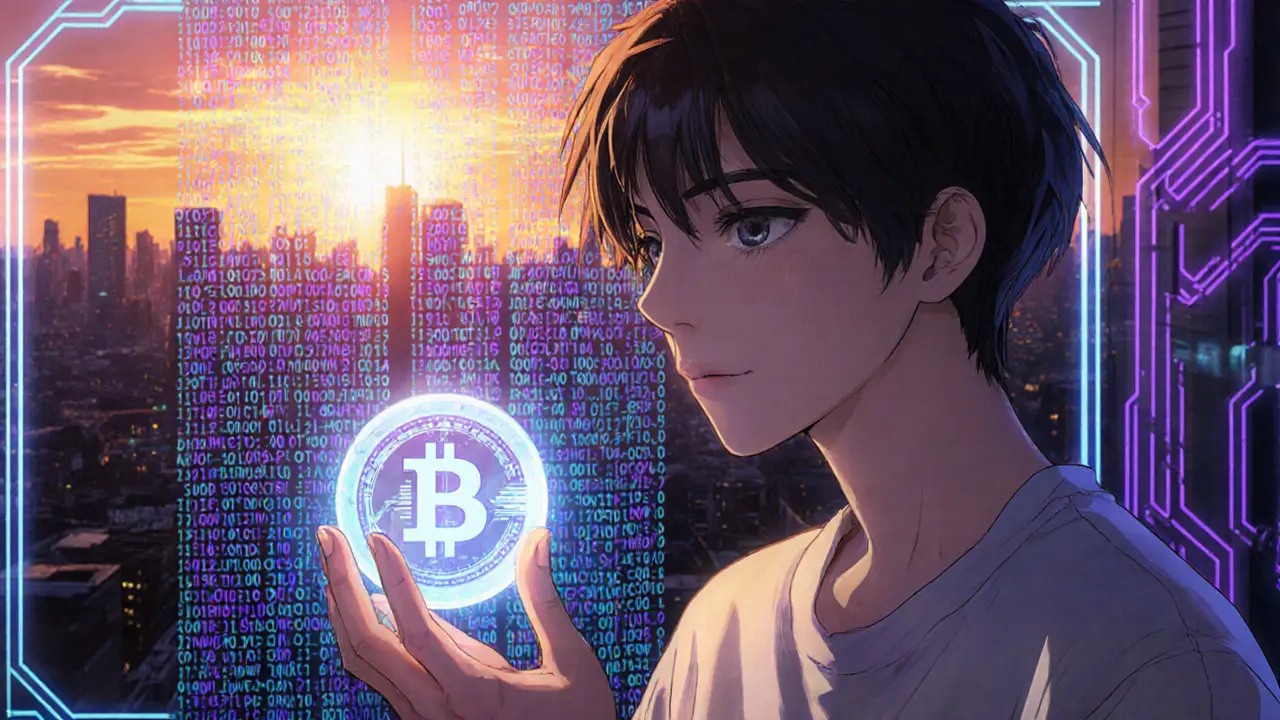
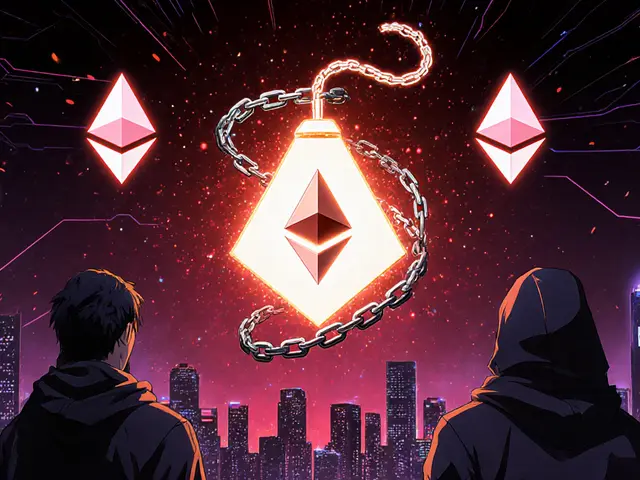

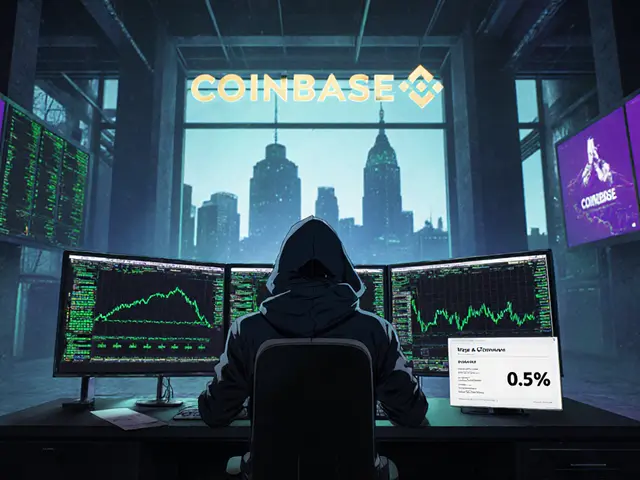
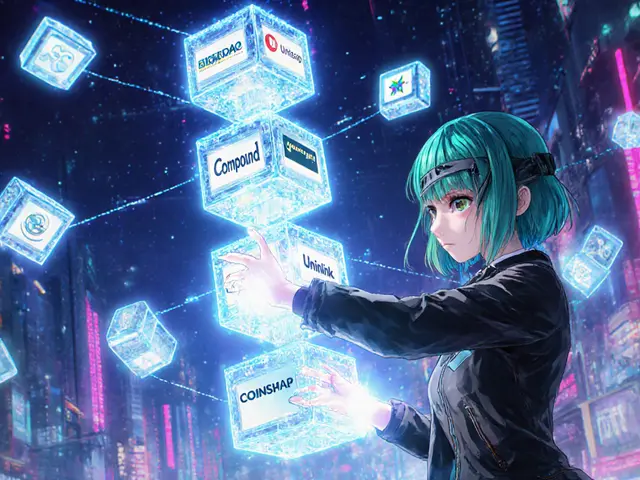




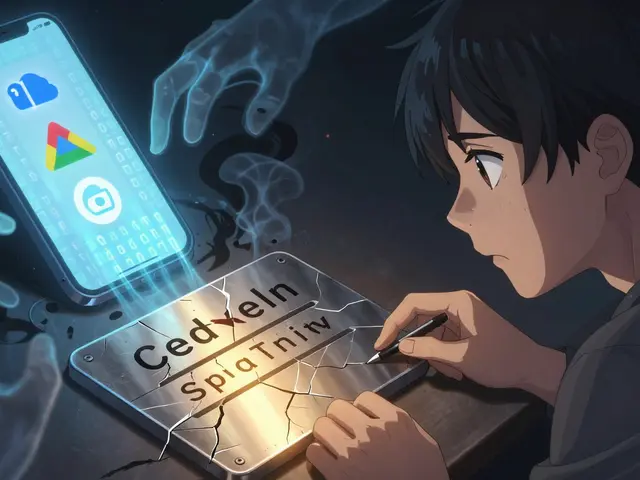
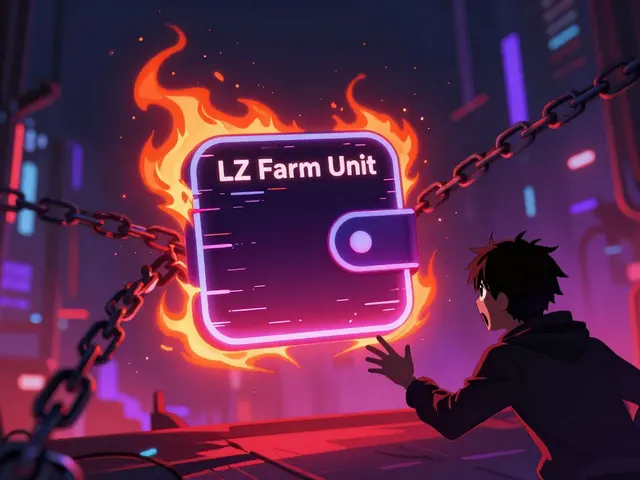
arnab nath
October 12, 2025 AT 09:09 AMNFTs are just another tool for the elite to track your every move.
Nathan Van Myall
October 12, 2025 AT 09:20 AMThe way smart contracts automate royalties is a neat technical evolution.
debby martha
October 12, 2025 AT 09:30 AMI get why people hype NFTs, but most of them feel like overpriced memes.
Ted Lucas
October 12, 2025 AT 09:40 AMYo, the metaverse is exploding 🚀! These tokenized assets bring interoperable scarcity to the blockchain ecosystem, redefining digital provenance! Grab your goggles, because the future is now! 🔥
ചഞ്ചൽ അനസൂയ
October 12, 2025 AT 09:50 AMThink of NFTs as a modern scroll-each one tells a story and invites you to reflect on value beyond price. It’s like meditating on digital art.
Orlando Lucas
October 12, 2025 AT 10:00 AMWhen you peel back the layers, NFTs become a mirror of our collective imagination. On one hand, they’re speculative assets; on the other, they’re cultural artifacts. I find it fascinating how the market oscillates between hype and genuine artistic merit. Stay curious, stay open, and you’ll navigate the waves with a steadier mind.
Philip Smart
October 12, 2025 AT 10:10 AMHonestly, half these collections are just copy‑pasted art, and the hype is overblown.
Jacob Moore
October 12, 2025 AT 10:20 AMIf you’re just starting, set up a wallet, buy a little ETH on a reputable exchange, and browse OpenSea or Rarible. Look for projects with clear royalty terms and active communities. Minting on a layer‑2 can save you a ton on gas. Keep your private key safe, and enjoy the ride!
Manas Patil
October 12, 2025 AT 10:30 AMFrom a cultural standpoint, NFTs are democratizing patronage-artists from Bangalore to Berlin can sell directly to collectors. The token standards act like a universal passport for creative works, and the hype fuels a vibrant ecosystem of cross‑border collaborations. Keep an eye on projects that embed real‑world heritage.
Ethan Chambers
October 12, 2025 AT 10:40 AMWhile the masses obsess over pixel art, true connoisseurs know the real value lies in those under‑the‑radar protocol upgrades and hidden utility layers.
gayle Smith
October 12, 2025 AT 10:50 AMWe need to call out the gatekeepers-those who think only degens belong in this space! The narrative is being hijacked, and it’s time for a fresh, unapologetic voice.
mark noopa
October 12, 2025 AT 11:00 AMAlright, let me break this down for the uninitiated: NFTs, in their most essential form, are unique cryptographic tokens anchored to a public ledger, which means they can’t be duplicated without detection.
When you mint an NFT, you’re essentially creating a tamper‑proof certificate of authenticity that references the underlying asset, whether that’s a JPEG, a piece of code, or even a moment captured in time.
Now, the market dynamics are driven by scarcity, perceived cultural relevance, and, admittedly, a hefty dose of speculation.
Beware, though, because the volatility you see is not just random noise; it’s a reflection of macro‑economic sentiment, regulatory whispers, and viral hype cycles.
On the technical side, the shift of Ethereum to proof‑of‑stake (the Merge) dramatically reduced energy consumption, which should appease the eco‑concerned crowd, yet many still cling to legacy PoW narratives as a form of nostalgia.
Layer‑2 solutions like Polygon and Immutable X are emerging to address gas fees, but adoption varies across communities, causing fragmentation.
From a legal perspective, the U.S. IRS treats NFTs as property, meaning every sale triggers a taxable event, and you’ll need to report capital gains or losses accordingly.
Furthermore, intellectual property rights are a tangled web; owning an NFT doesn’t automatically grant you copyright, unless explicitly transferred in the smart contract.
As for utility, we’re witnessing a surge in NFT‑based access passes-think exclusive concerts, private Discord channels, and even fractional real‑estate ownership.
These use‑cases are where the “NFT 2.0” narrative gains traction, shifting the focus from pure speculation to functional value.
However, the volatility remains a double‑edged sword: early adopters can reap massive rewards, while late entrants risk buying at a peak only to watch value erode.
In short, treat NFTs as a high‑risk, high‑potential asset class, and never allocate more capital than you’re prepared to lose.
Remember, diversification is key-mix NFTs with more traditional crypto, stocks, or even tangible assets to balance your portfolio.
And finally, stay vigilant about scams; phishing attacks, fake minting sites, and rug pulls are unfortunately common.
Keep your private keys offline, verify contract addresses, and use reputable marketplaces.
Happy hunting, and may your tokens appreciate beyond the hype! 😊
Rama Julianto
October 12, 2025 AT 11:10 AMListen, if you want to avoid burning cash, stick to layer‑2 solutions and read the contract code before you click "buy". Don't trust flashy UI alone-most scams hide in the fine print. Get a habit of checking the audit reports, and use a hardware wallet for storage.
Helen Fitzgerald
October 12, 2025 AT 11:20 AMEveryone can start small, even with a fraction of an ETH, and learn the ropes together. Join community chats, ask questions, and share your wins and losses-there's strength in numbers.
Scott Hall
October 12, 2025 AT 11:30 AMJust keep experimenting and don't stress over market swings. The learning curve flattens as you get more hands‑on.
Jade Hibbert
October 12, 2025 AT 11:40 AMoh yeah, because buying a jpeg will solve all your problms.